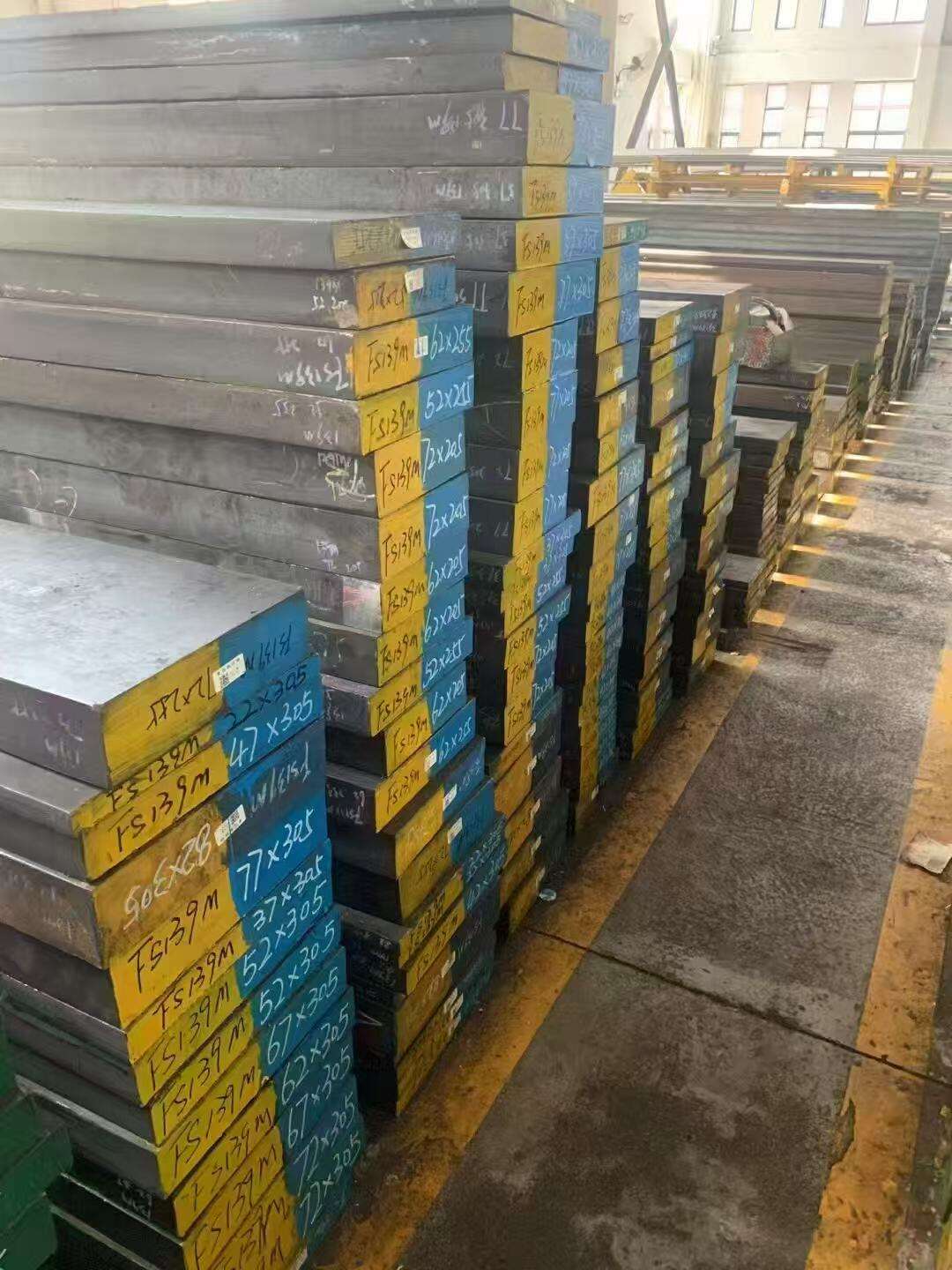tool steel hardness
Tool steel hardness represents a crucial property in manufacturing and industrial applications, determining the material's resistance to deformation, wear, and impact. This fundamental characteristic is measured using various scales, with the Rockwell C scale (HRC) being the most common in the industry. Modern tool steels typically achieve hardness values ranging from 55 to 68 HRC, depending on their specific composition and heat treatment processes. The hardness level directly influences the steel's performance in cutting, forming, and shaping operations. Through precise heat treatment procedures, including quenching and tempering, manufacturers can optimize the hardness to meet specific application requirements. The relationship between hardness and other mechanical properties, such as toughness and wear resistance, makes it essential for engineers to carefully balance these characteristics when selecting tool steels for particular applications. Advanced testing methods, including micro-hardness testing and non-destructive evaluation techniques, ensure consistent quality and reliability in modern tool steel production.


